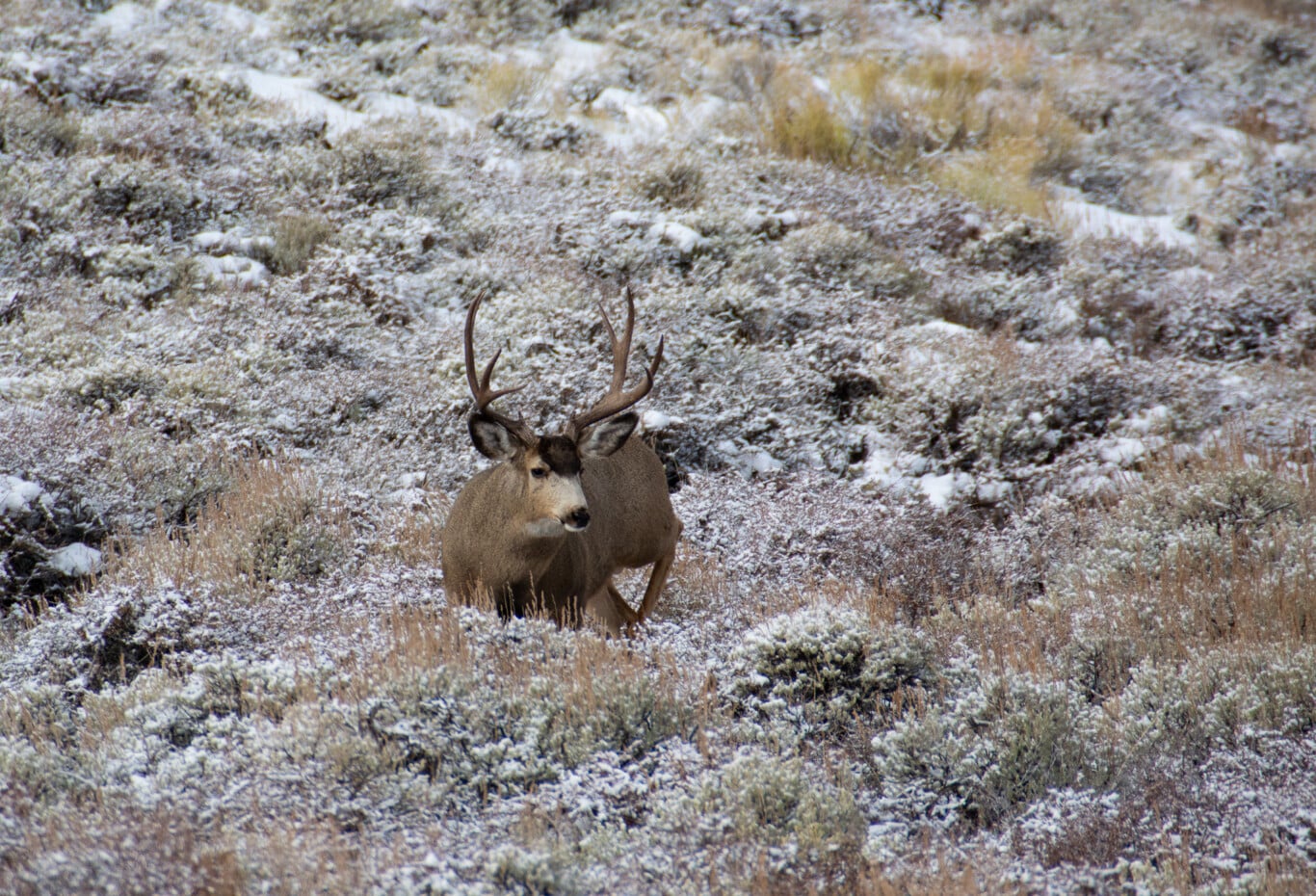After anticipating it's release since 2011, public land users can finally get involved in the Rock Springs Resource Management Plan draft. This plan will tell the BLM how to manage 3.6 million acres in SW Wyoming that include important resources for wildlife, recreation, and the economy.
What is an RMP?
Resource Management Plans (RMPs) are documents that direct the care of the land, water, wildlife, and minerals associated with Bureau of Land Management public land acres. They are required to be revised every 15-20 years, so they are long-lasting once made final. These are identical to the Forest Service’s land use plans, which address same natural resource issues.
Here are the steps for creating a Resource Management Plan. These are worth learning, so you know where we are at in the planning process.
Step 1: Scoping
Step 2: Draft Resource Management Plan
Step 3: Final Resources Management Plan
Step 4: Record of Decision
The BLM website eplanning.blm.gov walks you through what a public comment is and how to find the RMP details to comment on. It’s important to remember to do your homework before submitting public comments to make your submission have the biggest impact.
In the weeks to come, WWF will provide key takeaways from the hunting and angling perspective for you to utilize in your comments.
Please note: the public comment period is extended until January 17, 2024.

What Are The Alternatives?
The draft resource management plan provides alternatives with different management options. The BLM chooses one alternative as their preferred alternative for management prescriptions. The Rock Springs RMP has four alternatives. Each one of the four steers the management actions in the draft based on a different emphasis for each alternative. In the 2023 Rock Springs RMP draft, for instance, the alternatives given are A, B, C, and D. Alternative B is the BLM Rock Springs Field Office's "Preferred Alternative."
When commenting on the Rock Springs RMP it's helpful to use the Alternatives to describe the management you want for an area. For instance, you may say, "we would like Alternative B in this location, but Alternative D in another location."
Here are quick overviews of the Rock Springs RMP alternatives:
Alternative A - Same As Before
This "No Action Alternative" continues the status quo of the Resource Management Plan that already exists for the Field Office. Sometimes land management practices in a place can be ideal for all stakeholders involved, so suggesting Alternative A in places is a viable option.
Alternative B - Conservation Focused (Rock Springs FO "Preferred Alternative")
The "Conservation-Forward Alternative" prioritizes the use of lands for conserving natural resources, like wildlife, plants, and water sources. As a result, they are usually most restrictive for development and uses that do not coincide well with conserving natural resources. Oftentimes these conservation elements provide the best protection for keeping places wild and improving habitat.
Alternative C - Development Focused
This alternative prioritizes the development of resources, like energy, mineral extraction, and others. However, this prioritization is in comparison to the other alternatives for the Field Office at the time of the draft. It does not mean there are no protections, though it does not emphasize additional ones.
Alternative D - Blending of Conservation & Development
A compromise, Alternative D is more of a blend of the previous two options and is an attempt to balance the values of the area and of the public's interest. Depending on the stakeholder groups involved, this one allows interested parties to both give a little on their priorities in some ways.

HOW DO I TAKE ACTION?
WWF encourages all folks interested in the management of these public lands to take the opportunity to learn about the Draft Resource Management Plans. That way, you can be well-educated about the factors in play moving forward for these public lands.
The Rock Springs RMP document holds an immense amount of information in there, including policy language that have entire collegiate degrees focused on their details. Plus, we know you don't have all the time in the world to sift through each line of this giant document. This is where the Wyoming Wildlife Federation comes in: we are analyzing this document and will be providing key takeaways that may help you better understand the draft and provide comments.
Please stay tuned as the Wyoming Wildlife Federation's staff drafts comments on behalf of the hunting and angling public with a focus on the six priority habitats you can learn about at this Rock Springs RMP page.
Feel free to email staff at info@wyomingwildlife.org if you have comments or questions about the plan, as well.

